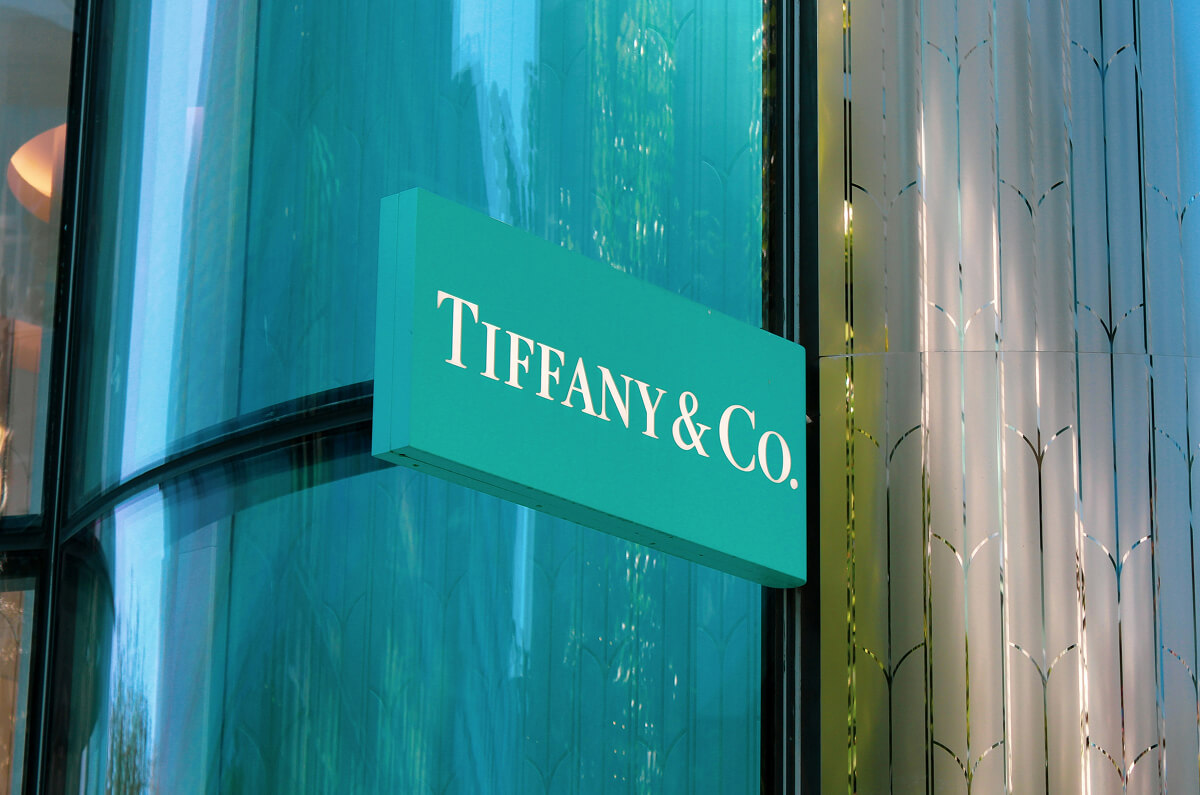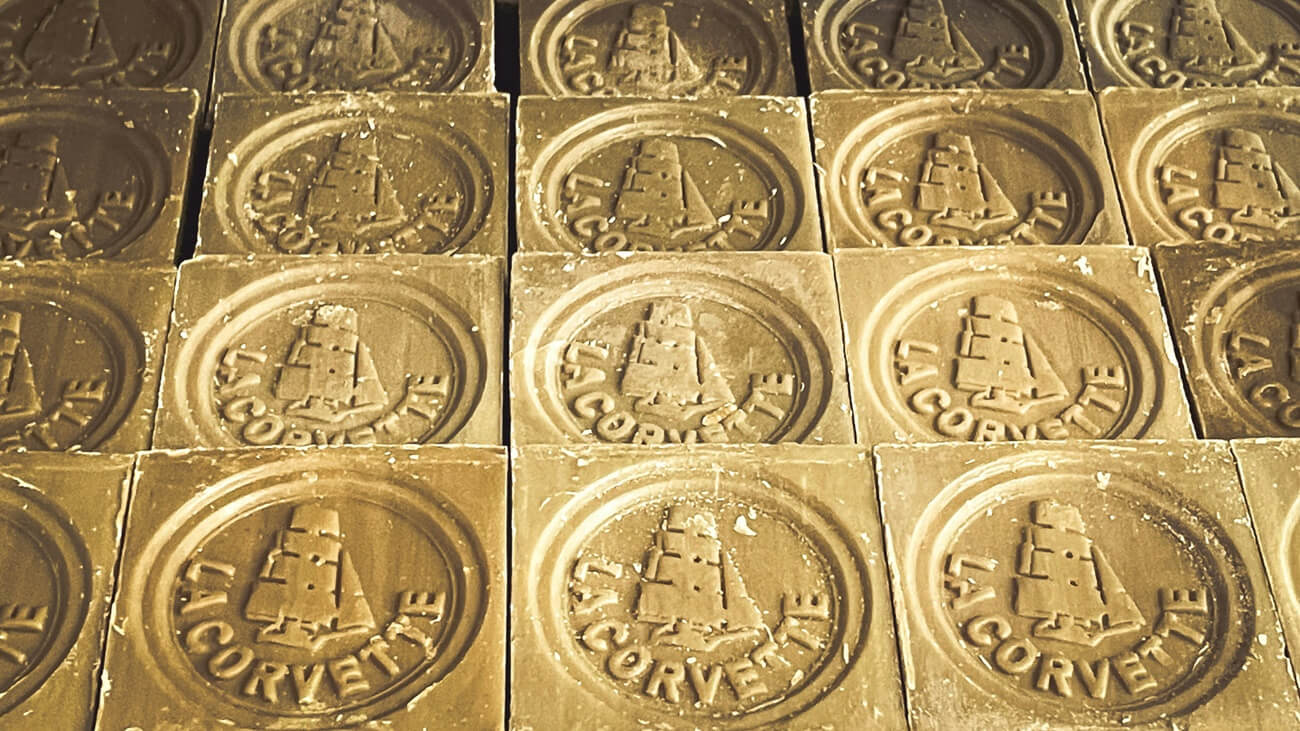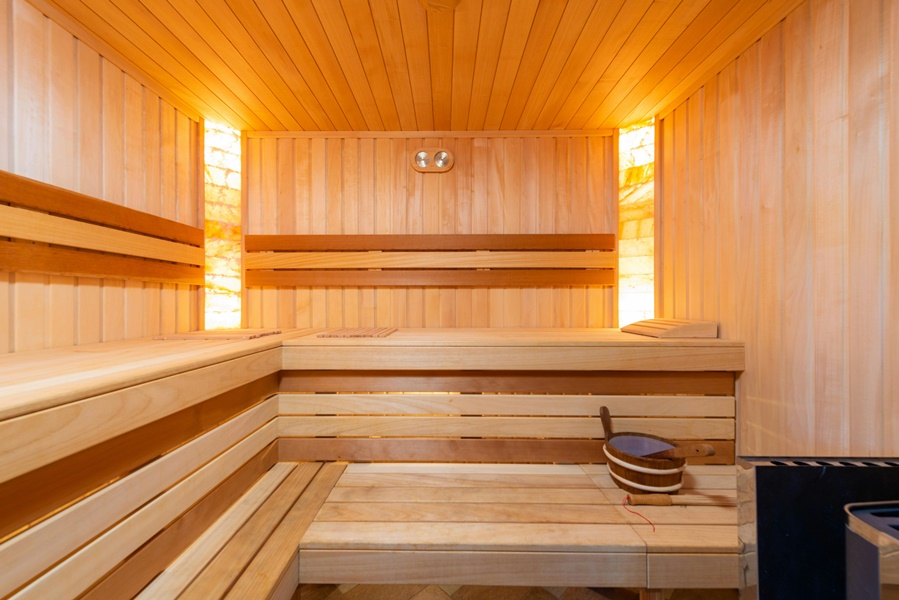When high jewelry houses such as Cartier, Bvlgari, Van Cleef & Arpels, and Tiffany & Co, move into a world of fragrance, it's not a matter of trend-chasing.
The decision is a strategic one, grounded in brand extension, emotional storytelling, and a long view of luxury. This allows the houses to extend their identity into new sensory and emotional territory, to remain part of a client’s daily life, and to build lasting resonance with both existing collectors and new admirers.
High jewelry, by nature, is exclusive. Its clientele is narrow, production slow, and its objects often priced in the stratosphere. By contrast, a fragrance becomes a way to democratize access to the brand. For a few hundred dollars, someone can own a piece of Cartier or Bvlgari. Not a sapphire, but a scent that carries the same emotional resonance.
In marketing language, this is called "entry-level luxury," but what it really offers is proximity to a world that usually remains out of reach.
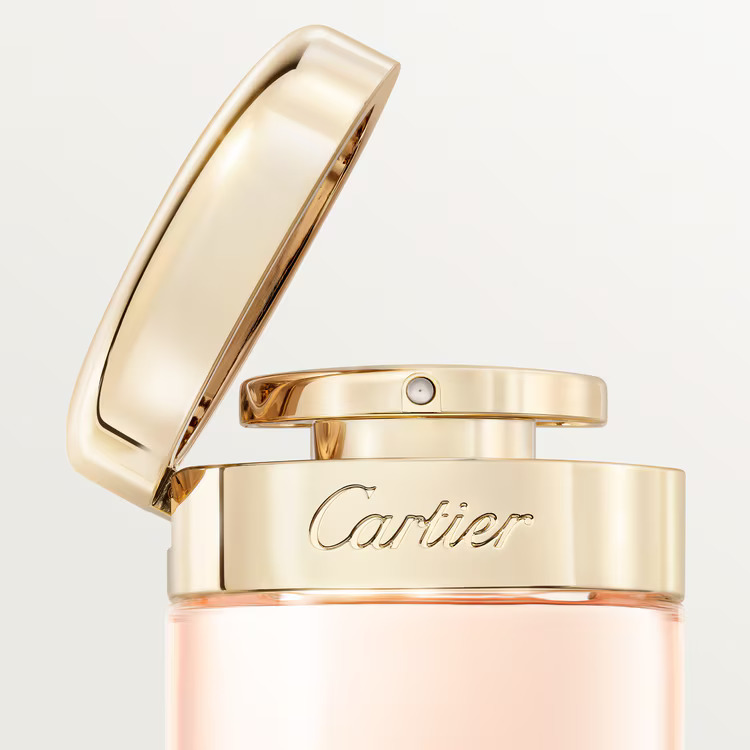
Fragrance is also deeply aligned with the ethos of jewelry as both are forms of adornment. One rests on the skin, the other floats around it, but they serve the same purpose — to enhance the wearer's presence. Perfume can function like an invisible jewel, a finishing touch that lingers after the person leaves the room.
Some houses treat it that way quite literally. Bvlgari's perfume collections are often structure around gemstones, from the jewel-toned Omnia series to the Le Gemme line, which translates stones like amethyst or onyx into scent. The connection between previous materials and olfactory notes is intentional and resonates well with consumers.
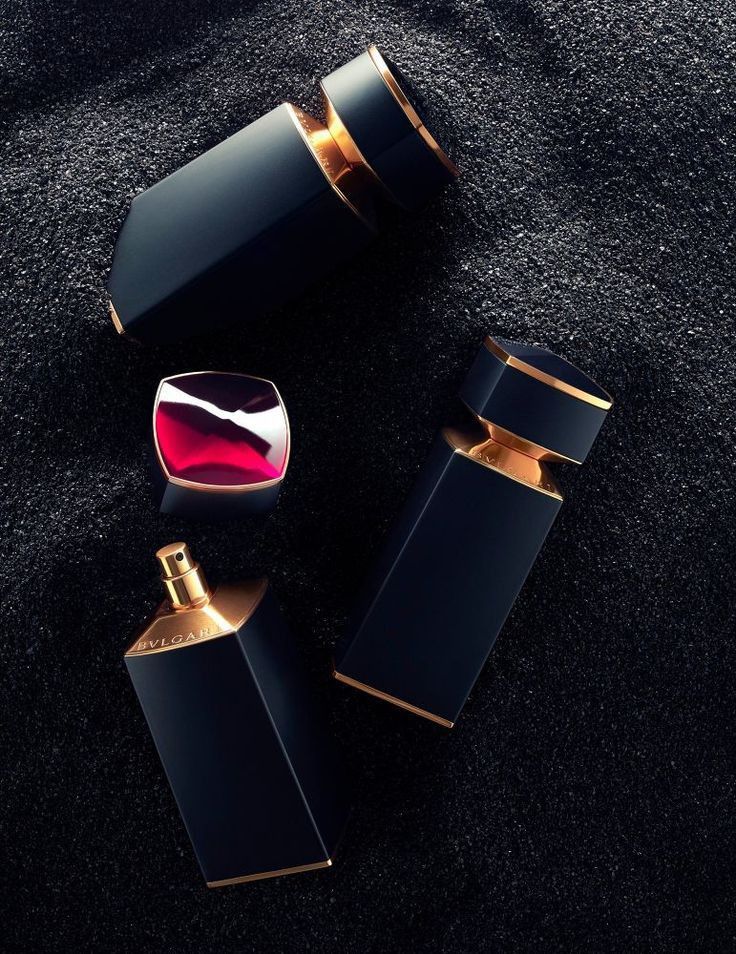
For houses like Van Cleef & Arpels or Cartier, perfume is a return to the tradition of maisons de luxe that offered full worlds, and not just objects. These houses possess extensive archives, long relationships with artists and muses, and a culture of storytelling that translates seamlessly into fragrance. Van Cleef launched First in 1976, long before "brand extension" existed as a buzzword. It could be framed as the olfactory equivalent of a first jewel, a rite of passage in luxury.
Emotionally, the two forms operate on parallel tracks. Jewelry is about memory, legacy, love. Perfume, too, is intimately tied to identity and sentiment. A scent can mark a moment or a relationship just as clearly as an engagement ring.
By entering the fragrance world, these houses are broadening their emotional vocabulary through which clients can connect with them.
There's also a parallel in how these products are made. High jewelry and fine fragrance both rely on immaculate craftsmanship — they demand rare materials, a refined sense of balance, and the hands of a skilled artisan. Whether it's a master perfumer selecting notes or a stone-setter choosing how to mount a diamond, the work is about composition, texture, and harmony.
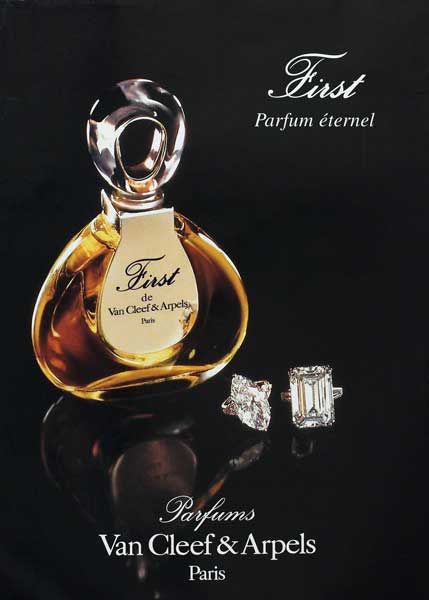
In terms of business, perfume is an exceptionally strong category within the category sector. It offers recurring revenue, global scalability, and relatively low production costs compared to jewelry. A ring might be bought once in a lifetime but a favorite scent can be purchased again and again.
This allows brands to create a more fluid relationship with clients, and a wider footprint in markets where high jewelry may not sell.


